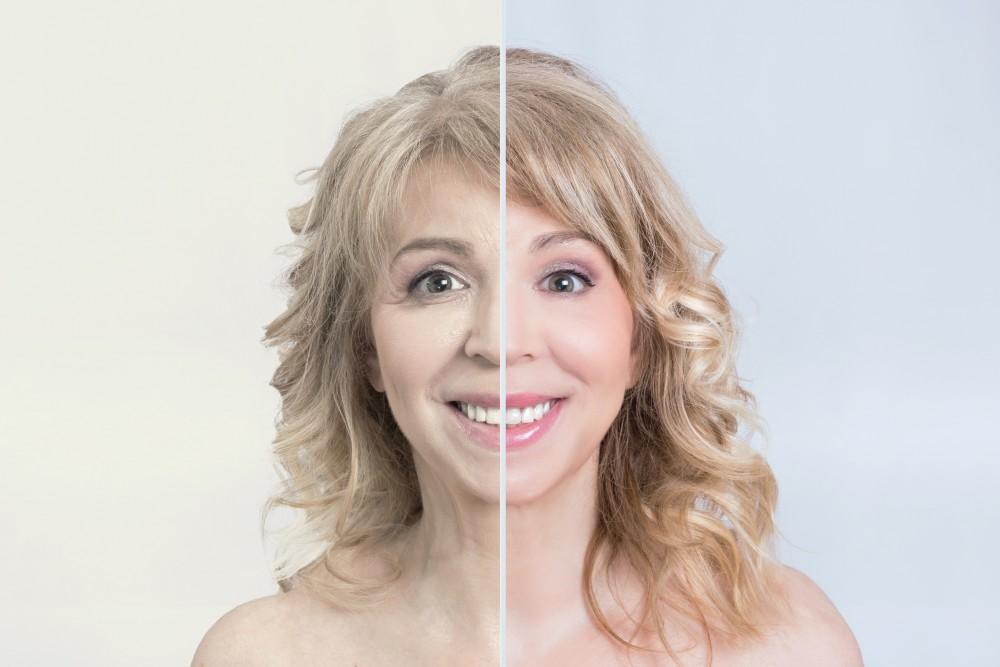The Differences Between a Full Facelift and a Mid-facelift

Over the past several years, more attention has turned to restoring volume and a youthful appearance to the central portion of the face.
In fact, a mid-facelift is able to correct sagging cheeks, under eye hollowness, and nasolabial folds with a minimally invasive surgical procedure.
Its an excellent option for patients that have a moderate degree of volume loss and dropping, and are most concerned with the area that extends across the tops of cheeks and down to the corners of the mouth.
However, a mid-facelift is a more specific surgery, compared to a full facelift.
Therefore, its important to understand the difference between these two procedures to determine if a mid or full facelift can best meet a patients needs.
WHAT IS A MID-FACELIFT?
A mid-facelift repositions the malar fat pad, which gradually drops from the upper portion of the cheek as we age.
More specifically, this procedure lifts volume thats resting on the nasolabial folds and returns it to the area over the orbital rim.
As a result, deep creases and wrinkles are smoothed and fuller and younger-looking cheeks are restored.
WHOS A GOOD CANDIDATE FOR A MID-FACELIFT?
A plastic surgeon will assess the patients pre-operative volume and skeletal framework during consultation.
Good candidates for a mid-facelift are usually seeking rejuvenation to the central face and have sufficient cheek bone projection.
A mid-facelift is not ideal for individuals that have very full cheeks or a significant amount of volume loss.
HOW IS A MID-FACELIFT DIFFERENT FROM A FULL FACELIFT?
A mid-facelift tightens the central portion of the face to a greater extent than a full facelift by elevating the fat pad and restoring cheek volume.
Additionally, a mid-facelift was developed to target the vertical nature of sagging in this facial zone that a full facelift was not able to adequately address.
However, because of its deeper plane of dissection, a full facelift may produce more durable results compared to a mid-facelift, which is performed more superficially.
Lastly, a mid-facelift can be done endoscopically, with an incision behind the hairline in the temple area, and has less downtime and recovery than a full facelift.
For additional information about the differences between a mid-facelift and a full facelift, please call our office today to schedule a consultation.
